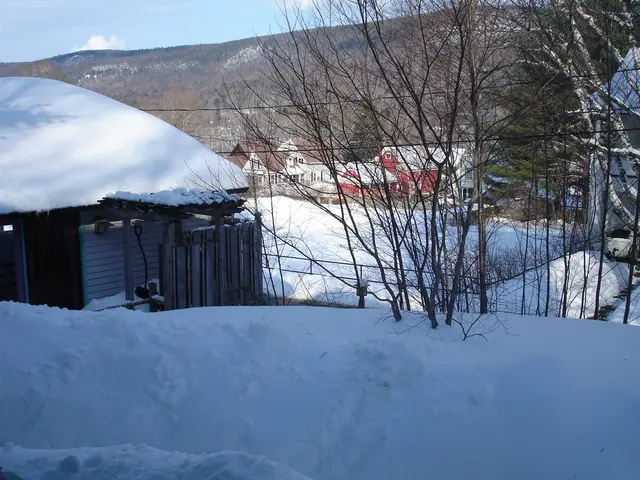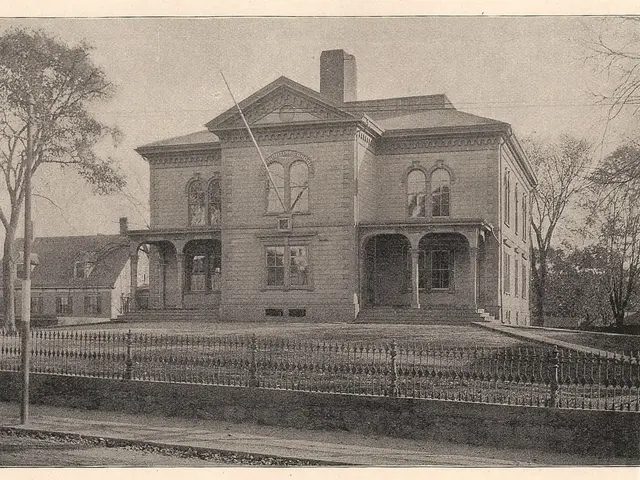Strengthening the Border Patrol Military Force is of utmost importance.
Keeping the First Line of Defense Strong: Ensuring the Estonia-Russia Border's Security
Protecting the Estonia-Russia border isn't just a task for the locals - it's a crucial responsibility for NATO and the EU too, as this frontier serves as our initial barricade against potential threats. Sandra Laur, an international relations student at King's College London (Center Party), highlights the importance of reevaluating our tactics to secure this vulnerable eastern region in the face of escalating tensions.
To bolster this critical frontier, Estonia has deployed several fortifying strategies.
Safeguarding the Border CrossingsEstonia already conducts thorough checks on individuals and vehicles passing through its border with Russia, thanks to the implementation of full customs controls. These rigorous inspections help prevent the transit of goods under EU sanctions[1].
Defensive InfrastructureThe country is constructing defensive structures, including 600 bunkers tested in Ukraine's conflict, along its border with Russia. These fortifications are meant to withstand heavy artillery fire[4][5].
Border ProtectionAnd let's not forget about the controversial but potentially necessary move of minefield establishment in response to security concerns, even though this might involve withdrawing from the Ottawa Convention, which forbids the use of anti-personnel mines[4].
Internal SecurityTo further combat potential dangers, Estonia strengthens its internal security resources, focusing on detecting hostile intelligence activities. Important agencies like the Police and Border Guard Board and the Internal Security Service play key roles in maintaining security[3].
But even with these protective measures in place, there are notable weaknesses and challenges that deserve attention.
Maritime ConundrumsRussia's withdrawal of border markers in the Narva River makes it difficult to determine the exact maritime frontier, potentially leading to unwanted intrusions[2].
Non-Military ThreatsThe country acknowledges the urgent need to address non-military threats, like internal security risks and information warfare, to ensure a comprehensive defense system[3].
Military TensionsRaising the security level and maintaining a contentious relationship with Russia increases the risk of military escalation if not managed thoughtfully[3][4].
International RelationsEstonia's possible decision to abandon the Ottawa Convention due to the use of mines might strain ties with other member nations[4].
In conclusion, while Estonia actively works to strengthen its defense, the border's security remains susceptible to both military and non-military threats. It's essential to adopt a carefully balanced approach to tackle these challenges effectively.
- NATO and the EU, in addition to local efforts, consider the Estonia-Russia border a critical first line of defense against potential threats.
- Sandra Laur, an international relations student at King's College London, emphasizes the importance of reassessing strategies to secure the vulnerable eastern region, given the escalating tensions.
- To bolster border security, Estonia has implemented measures such as thorough checks on individuals and vehicles, the construction of defensive structures, and the consideration of minefield establishment.
- Despite these efforts, Estonia faces notable weaknesses and challenges, such as determining the exact maritime frontier due to Russia's withdrawal of border markers, managing non-military threats like internal security risks and information warfare, and potentially straining ties with other member nations if it abandons the Ottawa Convention.








